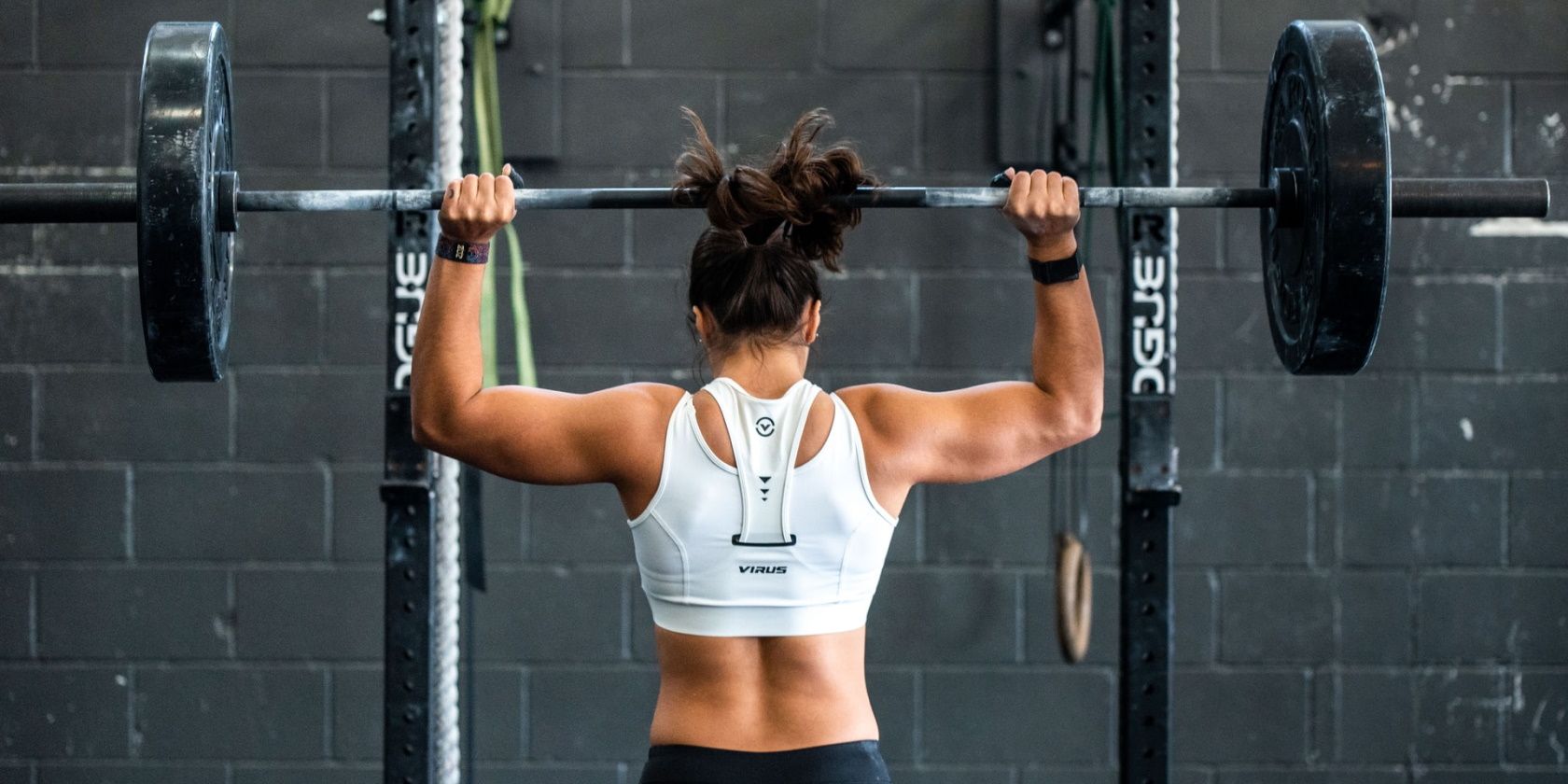TikTok's For You Page (FYP) has come under scrutiny for pushing unnecessary videos to users. As a result, TikTok has updated its community guidelines to be tougher on content it deems unsuitable.
The company says it removed 91 million videos in the last quarter of 2021, which is roughly 1% of all videos uploaded. The list below contains what kinds of content are likely to be banned and why.
1. Online Challenges
TikTok announced a no-tolerance approach to dangerous acts and challenges such as suicide hoaxes in November 2021. Previously, these were covered within the app's suicide and self-harm policies. But now, these challenges fall under a special category in the updated community guidelines for easier access, according to TikTok's blog post.
TikTok has also worked with experts to launch videos that you can view on the #SaferTogether hub, which encourages viewers to follow four steps when they encounter dangerous online challenges and hoaxes: stop, think, decide and act.
An example of a dangerous online challenge is the famous 'Milk Crate Challenge,' which encouraged people to climb stacks of plastic crates. Many people, including the elderly, suffered severe injuries while participating.
TikTok will also display resources so that users can get help when they search for terms like "self-harm" or "hate myself."
2. Unusual Exercise and Diet Programs
Content about eating disorders has been rampant on TikTok. If you watch just one video on food, TikTok's For You Page (FYP) will flood your feed with food-related content, most of which skew towards unhealthy diets and unrealistic weight loss goals.
The short-form video platform has added more information about the content categories ineligible for recommendation into For You feeds. TikTok will actively remove any content not suited for the general audience from its recommendation system.
Although TikTok already removes videos that promote eating disorders, the app will now also remove videos with harmful content such as over-exercise and short-term fasting, which it says are frequently under-recognized signs of a potential problem. TikTok recognizes that people can struggle with unhealthy eating patterns and behavior even if they don't have an eating disorder.
3. Gender Identity Discrimination
A report by GLAAD, an NGO which protects the rights of the LGBTQ community, says that 64 percent of LGBTQ social media users reported experiencing harassment and hate speech. This is a much higher rate than all other identity groups.
TikTok recently added a feature that lets people add their pronouns. Now, the app has also explicitly banned any content that contains deadnaming, misgendering, and misogyny.
Deadnaming is the practice of referring to a transgender person by the name they used before they transitioned. It also sometimes means referring to someone by their birth name or their given name. Misgendering means referring to a transgender person using a word, pronoun, or form of address that doesn't align with the gender they identify with.
Content that supports or promotes conversion therapy programs, which aim to convert LGBTQ people, is also explicitly banned.
TikTok's Response to Critics and Regulators
TikTok is a social media company. Like its counterparts Facebook, Twitter and others, TikTok has come under pressure from regulators and users over the misuse of the platform to bully users, especially children and teens, and the spread of misinformation.
TikTok's head of Trust and Safety, Cormac Keenan, says these guidelines will help improve transparency for users and provide clarity to moderators on what content should not exist on the short-form video platform.
TikTok also announced that it's opening cyber incident monitoring and investigative response centers in Washington DC, Dublin, and Singapore this year. These centers will give the company round-the-clock capability to prevent and defend against unauthorized access to the platform and criminal activity.


